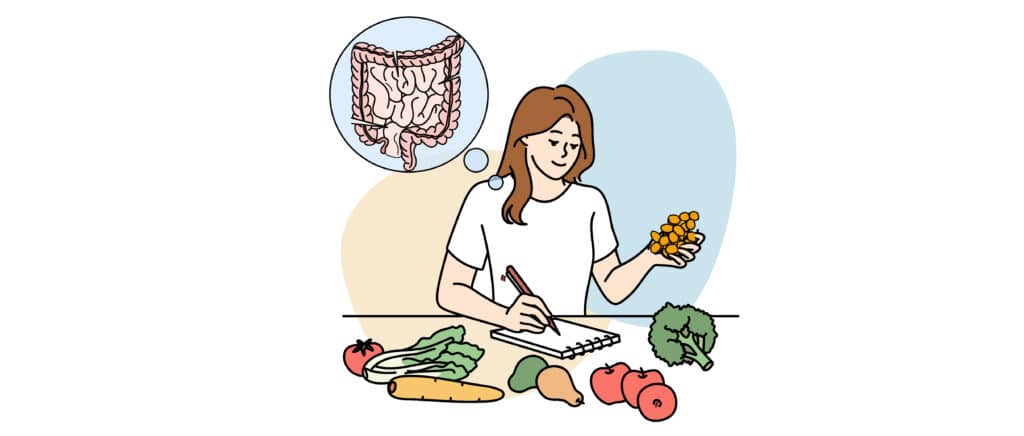Coronary Artery Disease: What is it and how can you prevent it?
- All About Dates Dates and Research
- November 10, 2021
- 9 minutes read
Research Study: Heart Disease
Researcher: Centers for Disease Control and Prevention
Heart disease is a condition that encompasses a number of different specific diseases. It primarily pertains to the heart and blood vessels. As of 2018, over 49% of Americans over the age of 20 had developed some type of heart disease. This is according to the American Heart Association (AHA).
Heart disease refers to a number of conditions. The most common of these is coronary artery disease. This is also sometimes known as ischemic heart disease. Here’s what you should know about coronary artery disease. We’ll also discuss how you can take measures to prevent it.
Study About Coronary Artery Disease
Coronary artery disease occurs when there is a deposit of plaque in the arteries of the body. Arteries are the blood vessels that supply oxygen and nutrient-rich blood to the body. Meanwhile, veins are the vessels that take deoxygenated blood from the peripheries of the body to the lungs.
When plaque deposits build up in the arteries this leads to a condition called atherosclerosis. Over time, this may lead to narrowing of the blood vessel. Should this continue for a long time, it can cause a complete blockage of the vessel. If an artery is blocked, it prevents it from providing blood and nutrients to the parts of the body that the artery supplies.
If the blocked vessel supplies oxygen-rich blood to the brain it can result in a stroke, if the vessel provides blood to the heart, it can cause a heart attack. It should also be noted that the plaque itself can be dangerous if a piece were to break off and get stuck in the body and cause further health problems.
Oftentimes, coronary artery disease on its own may go undetected. According to the Centers for Diseases Control (CDC), a heart attack is the first sign of coronary artery disease for many people. Angina, pain or discomfort in the arms, feeling light-headed, nausea, shortness of breath, or a sudden cold sweat are the most commonly seen symptoms of a heart attack. If it isn’t detected and treated immediately, it may be fatal.
Depending on the severity of the heart attack, doctors may advise medical and possible surgical intervention options as treatment. If someone is at risk of developing coronary artery disease (or has begun to develop it), but it goes unnoticed, it can lead to the weakening of the heart muscles. It can possibly even result in heart failure. When heart failure occurs, the heart is no longer able to pump blood to the rest of the body.
Individuals who have a family history of heart disease might be asked to get frequent check-ups. This is to ensure that their risk of developing coronary artery disease remains low. The CDC also states that there are several risk factors to look for.
For example, people who are overweight and lead inactive lifestyles may be at a higher risk of developing heart disease. So do people who smoke tobacco and do not eat healthy and balanced diets.
The best way to find out if you are at risk (called a risk assessment) is to talk to your doctor. They will be able to do a series of tests to determine if you are at risk. They will also further provide you with a detailed assessment.
Some of the most commonly used tools to diagnose coronary artery disease include an electrocardiogram (ECG or EKG), an echocardiogram, and an exercise stress test. These are tests that will be able to assess how well a person’s heart is functioning and be able to determine if there are any discrepancies. In addition to these, a doctor may also sometimes require an invasive procedure such as cardiac catheterization or a coronary angiogram.
In cardiac catheterization, doctors insert a long tube into an artery or vein which can check for any blockage in the arteries. The blood pressure in the heart’s chambers and the strength of blood flow can also be checked.
A coronary angiogram is done to check the patency (presence of obstruction) of blood vessels. It can alert healthcare professionals if there is a significant block (plaque build-up) in any of the coronary vessels. These vessels supply blood containing oxygen and nutrients to the muscles of the heart.
Making certain lifestyle changes can play a large role in reducing an individual’s risk of developing coronary artery disease. According to a study from the Journal of American College of Cardiology, simple choices made in daily life can have a lasting impact on the onset of heart disease in an individual’s life. Eating a healthy diet, exercising more, avoiding smoking cigarettes, and managing any existing risk factors were listed as the key recommendations in preventing heart disease by the American College of Cardiology and the American Heart Association.
Existing risk factors include diabetes and high blood pressure. This also includes a family history of heart diseases. Make sure to check and monitor your blood pressure, especially if you have high blood pressure and require medication for it.
The same goes for diabetes. Uncontrolled blood sugar and high blood pressure can contribute to developing heart disease. Because of this, people with these conditions should take extra care to ensure that they do not aggravate their health.
Individuals who are overweight have to discuss with their doctor to find out the optimal weight for them. They must aim to reduce and maintain a weight in the given range.
Tobacco use should also be avoided, especially via inhalation (smoking, vaping, or even secondhand smoking). They have been known to raise your triglycerides and lower your “good” cholesterol (HDL).
The American Heart Association also advises that people aim to get in at least 150 minutes (2 hours and 30 minutes) of exercise per week. This should include cardiovascular activities that will help increase the heart rate. Activities like dancing, brisk walking, running or jogging, cycling, and swimming are highly recommended. People who are not used to doing heavy exercise may start by doing small and short routines and gradually build up to more.
Dietary measures can also be improved to reduce the risk of heart disease. According to the American Heart Association, people should be encouraged to eat more fruits and vegetables and other foods that are rich in nutrients and low in calories.
One particular food to consider is date palm fruit. Dates are fruits that come with various vitamins and minerals. They are also full of antioxidants that can help fight cell damage. Finally, they are considered to be low-fat, which can help lower cholesterol levels.
Legumes, whole grains, and nuts are also good additions to your diet. They can also help reduce bad cholesterol levels. At the same time, experts advise restricting salt intake and the amount of fried and processed foods in the diet. Reducing the amount of sugary sodas and junk food you eat is also advised.
Individuals who have been already deemed to be at risk or have been diagnosed with coronary artery disease should have frequent follow-up visits with their doctor and take medications as prescribed.
Conclusion
Though heart disease has been immensely concerning of late with more young people in the United States developing it, there are ways to protect yourself. With early detection and intervention, you can incorporate a healthy lifestyle and change your diet. These will help reduce your risk of developing coronary artery disease or other related conditions. Individuals who have a family history of heart disease should follow their doctors’ advice and take any prescribed medication as directed. With the right approach, you can stay heart-healthy!









